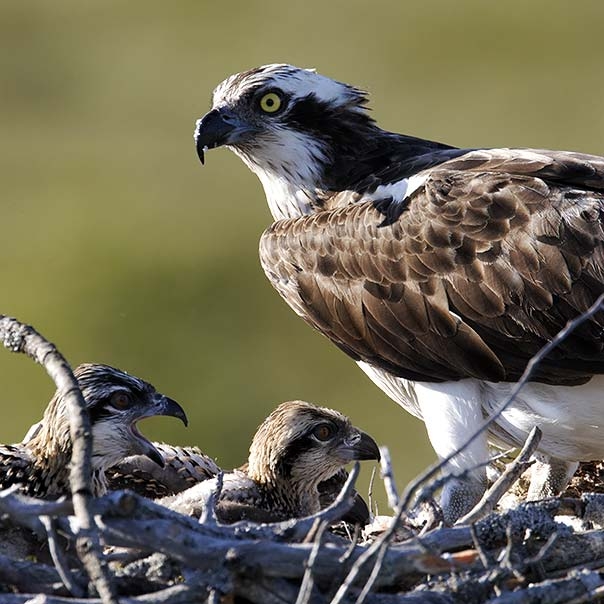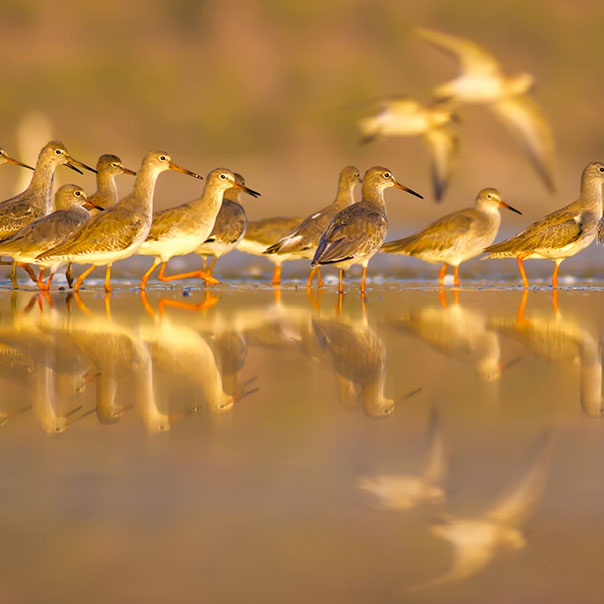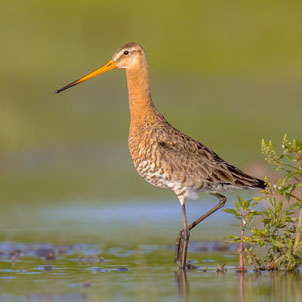Wetland wildlife in May
May is the zenith of spring, when the soft pinks and pastel yellows of early wildflowers set off the waters of ponds, coasts and marshes to perfection.
With many of our summer migrants having arrived already, now’s the time to set the alarm clock and make an early start to catch a wetland dawn chorus. Breeding season is in full flow and our wetlands are starting to fill up with broods of oystercatchers, redshank and lapwing chicks.
The sounds of spring
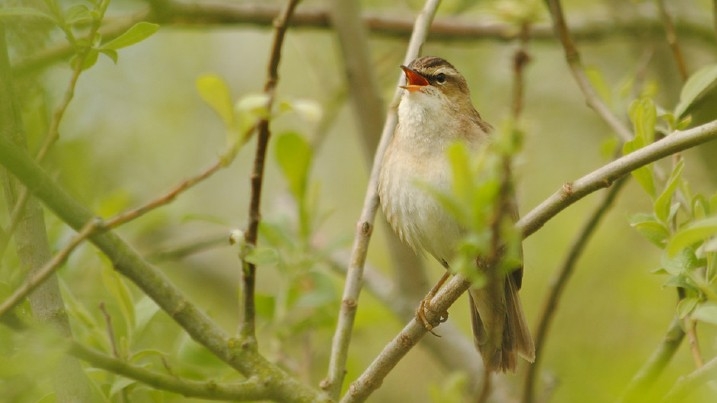
Along with the sound of booming bitterns and cuckoo song, the chorus of warblers singing across our wetlands is impressive right now, following an influx over the last couple of weeks. Keep an ear out for chiff chaff, willow warbler, sedge warbler, blackcap, whitethroat and grasshopper warbler. It’s the males that sing to defend their nesting territory. You might also see them bobbing around, spreading their wings, fanning their tail and giving chase. Surprisingly, warblers can sing with their bills closed or full of food. That’s because they create the sound deep in their throats by exhaling air from their lungs.
Busy building
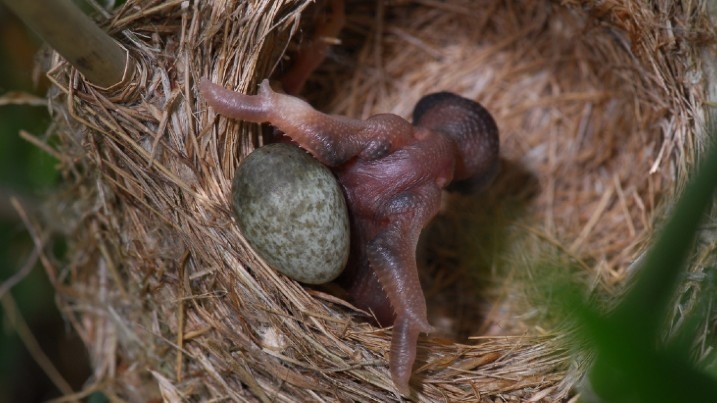
One of the most interesting nest designs to look out for is that of the reed warbler. It weaves its nest as a sling between two or three of last year’s dead reed stems. Both parents raise the chicks, bringing them insects to eat. Reed warblers are famously common victims to the cuckoo, engaged in an evolutionary arms race. A female cuckoo will lay an egg in a reed warbler’s nest and when it hatches, the chick will push all the other eggs and chicks out of the nest, so its foster parents can concentrate solely on bringing it food. The reed warbler has evolved various defences against this, such as distinctive egg patterns to better spot an infiltrator before it’s too late.
You might also spot early signs of nesting activity from swallows and house martins as they’re out and about collecting mud to build their nests with.
No time to waste
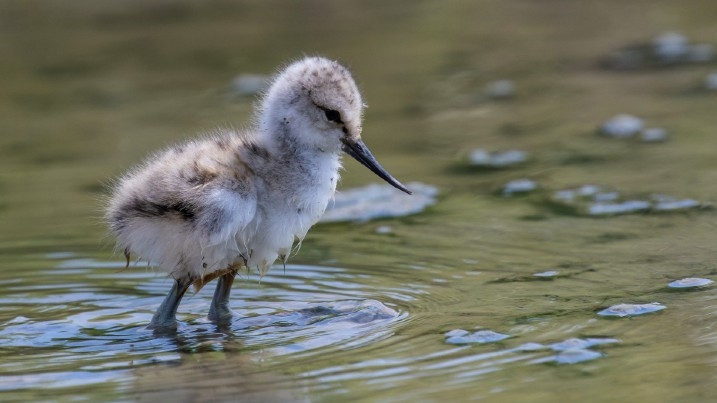
A few species will be visiting our wetlands ‘on passage’ as they travel to their breeding grounds further north. Passage migrants coming through including greenshank, common sandpiper and the occasional garganey, the latter two which also breed in England. Meanwhile, early nesters such as oystercatchers and avocets will already have hatched their young. Avocets nest in colonies of around 150 pairs. Having bred successfully they’ll return to the same site in subsequent years. This winter we created shingled islands on many of our reserves, to provide our avocets with vital breeding and nesting spaces where they can keep their young safe from predators.
A slippery start
Glass eels start to arrive on high spring tides, tiny sheer creatures at the start of their life that quickly become grey in colour as they hit freshwater. You’re not likely to spot these necessarily but you may come across them if you look carefully. They used to be plentiful but the European eel is now critically endangered and now they’re a rare sight to see.
A riot of colour
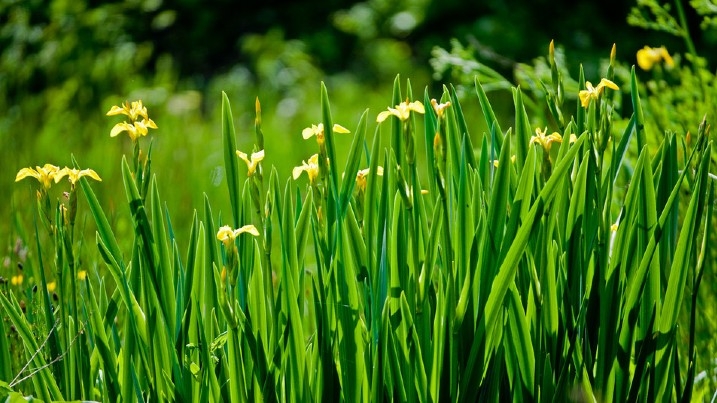
May is the time to head out to our water meadows and soak up the glorious yellow of the big, showy giant of our marginal wetlands, the yellow flag iris. Look closely and you’ll discover that the whole plant is a multi-story home for a multitude of species. Emerging froglets love to hide among its rhizome root system. Another favourite to look out for at this time of year is the common water-crowfoot. You’ll find its white, buttercup-like flowers growing in free-floating mats in still or slow-moving water. Later in the month see if you can spot clusters of sky-blue flowers of the water-forget-me-not. It’s a favourite for newts to lay their eggs. And did you know, it’s also known as ‘scorpion grass’ because of the curved ‘tail’ at the end of its stem.
First dragons take flight
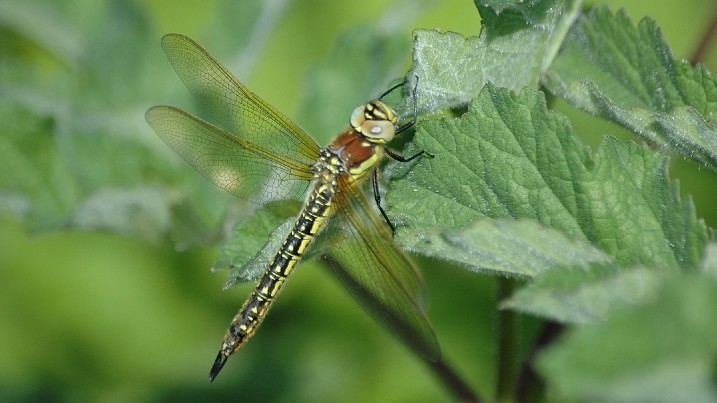
Take a walk around a wetland and you may be lucky enough to encounter one of our most beautiful insects, the hairy dragonfly. It’s so called because the males have a noticeably downy thorax, while the females also have a hairy abdomen. Until recently they were quite rare, only being found on the Somerset and Gwent Levels, parts of Pembrokeshire and in Sussex and Kent. But milder winters and warmer summers mean it’s now spread across southern Britain and is also found in Ireland and the west coast of Scotland.
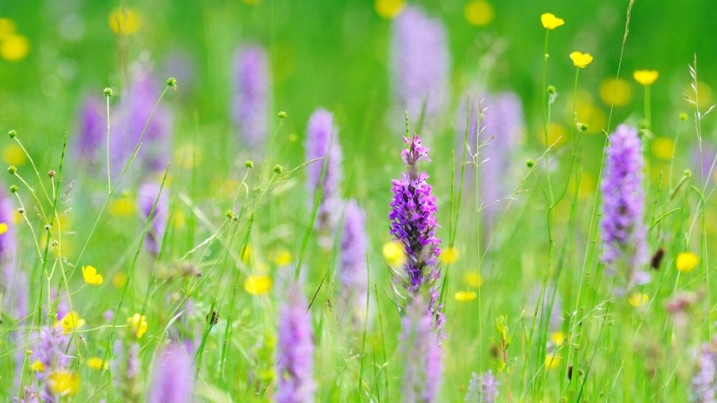
It’ll be a great time to look for orchids, many of which can be seen at our centres. More on that next month.
What can you see at our centres?
As the weather warms up, head to Caerlaverock to hear our chorus of natterjack toads.
Some of our best avocet colonies can be found at Martin Mere, on South Lake at Slimbridge, Washington, Welney and at Steart Marshes.
Many of our wetland sites are home to the warblers mentioned above. In the reedbeds, you’re more likely to hear rather than see them, so why not brush up on your birdsong before you visit?
Find your nearest WWT wetland siteJune
June is the month that many dragonfly and damselfly species take to the air, after sometimes years of spending their lives underwater in larvae form. In early mornings it’s possible to get them to land on your hand for warmth.
If cuteness is your calling, then June is the month to delight youngsters and adults alike with the sight of newly-hatched waterbird chicks running across paths and splashing into the water. You are likely to spot more unusual ones at WWT sites due to the high biodiversity of bird life, and it’s great fun matching the chick to the adult species!
It’s the season that flowers really start to get going, with floodplain meadows ablaze with colour and alive with the humming thrumming sound of insects.
Wetland wildlife in JuneSupport from players of People's Postcode Lottery helps us care for our reserves and protect amazing wetland wildlife.

